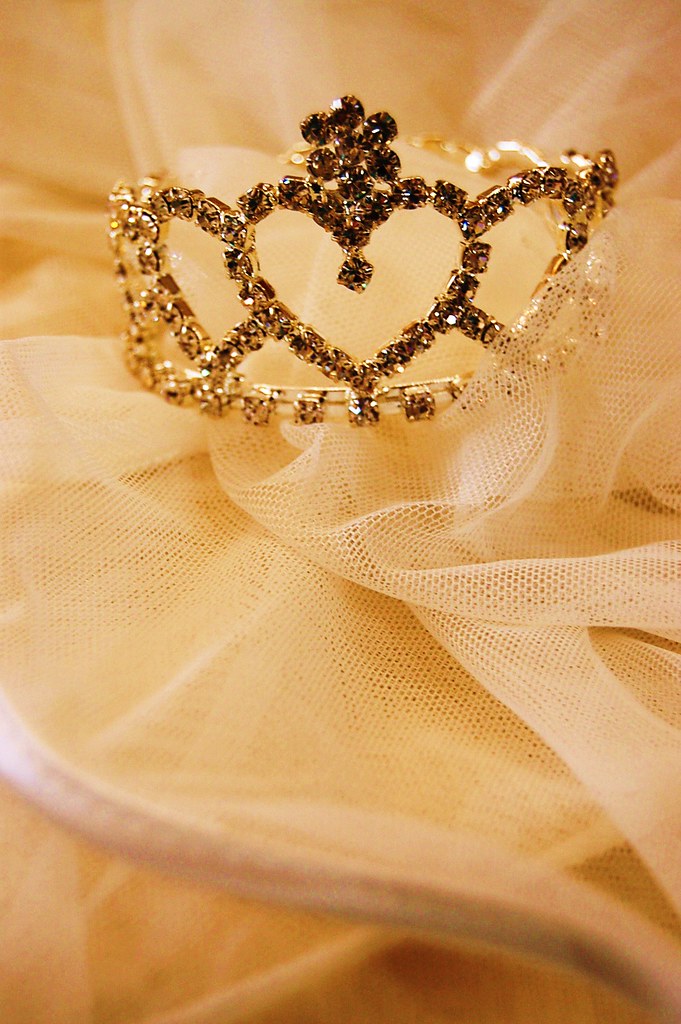"The Princess Diaries" is one of those ever-popular Disney movies everyone has seen. It introduced movie star Anne Hathaway to the world, reminded us that Julie Andrews is amazing and spawned a sequel. But before all that, it was the beginning of a 10-book series.
The Book
Meg Cabot's story revolves around Mia Thermopolis, ninth grader. She lives in Greenwich Village in New York with her single mom, a free-spirited artist. Mia has a crush on senior Josh, and she's pretty normal.
Until her dad comes to town to drop a bombshell: he's secretly a prince. Mia is his only child, and the new crown princess of a little country called Genovia.
So she isn't so normal after all. Mia's life becomes even more complicated. Paparazzi show up at school, her mom is dating Mia's Algebra teacher, and she has a big fight with BFF Lily. As if that isn't bad enough, she has to take "princess lessons" with her grandmother (the queen).
Will Mia learn to be a princess, make up with Lily and survive her grandmother? You'll find out if you read the book.
The Film
"The Princess Diaries" became a movie in 2001, just one year after the book was published. Hathaway stars as awkward Mia, who is "invisible" at her school. There is no dad in this version, just Andrews as the grandmother.
Problems and princess lessons soon commence. Anne Hathaway is adorable as Mia, particularly after a makeover. By the end of the movie, its clear that everything will be okay. But by the end of the movie, you may be confused about whether or not it's an adaptation of the book.
What Got Adapted?
A lot of changes were made to turn "The Princess Diaries" into a book. Almost none of the characters look the same, not the least of which is Princess Mia herself. She has dirty blonde hair in the book and a flat chest. She also doesn't become gorgeous overnight.
The grandmother's personality is much softer on film. In the book she's a tough lady who does not act very Queenly. Also changed: Mia's father is alive in the book. They killed him to make the movie. Mia's mom is more of a mom on film. In the book she's a complete flake. BFF Lily is the same, but her brother Michael is much less nerdy on film. The bodyguard, who is Lars in the book, becomes Joe on film and has an extended role. In the movie, he's in love with the grandmother.
Some of Mia's school friends, other awkward kids, are omitted entirely from the movie. Plot points are altered to fit these different circumstances, but much of the flavor of the book (and Mia's personality) remain intact.
You'll have to read and watch both to see these different stories, and if you love the book you can go on to enjoy Mia's other 9 adventures.





























